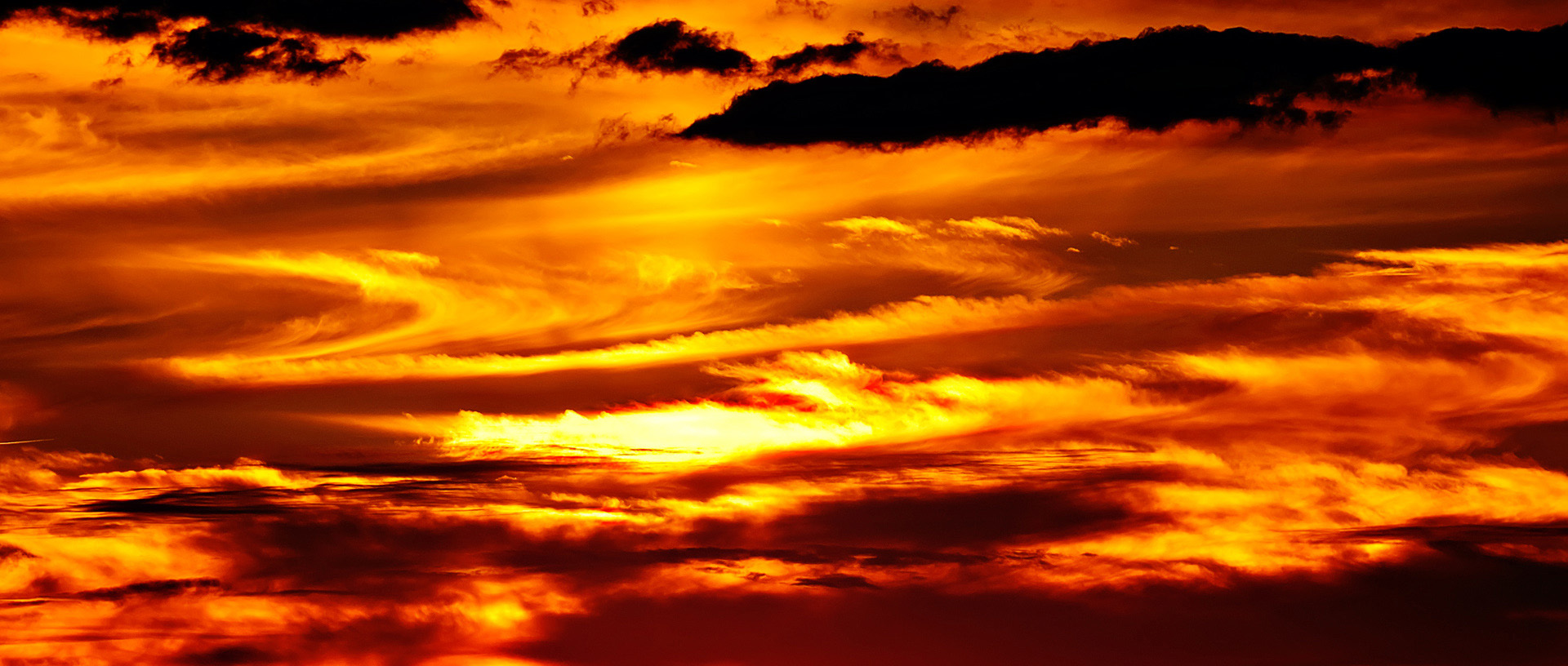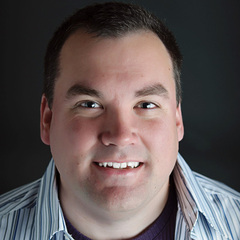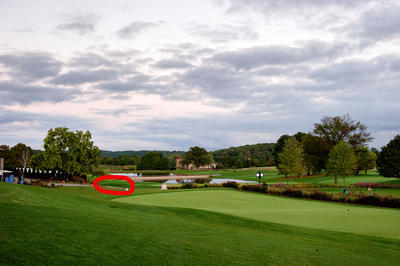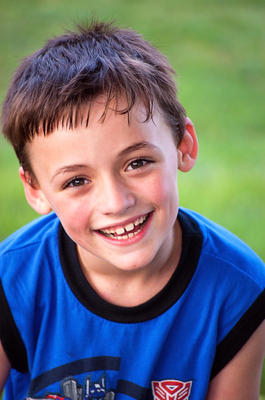-
Posts
4,025 -
Joined
-
Last visited
-
Days Won
45
Posts posted by Brian
-
-
On 11/9/2017 at 4:27 AM, carolc said:
At five mins after I started it the main screens up to start then it goes back to sleep. Can't even shut it down and no fan on at all. Shop visit is now on the cards. Thanks
How old is your computer? I have a sneaky suspicion that you have bad (Poofy) capacitors on the motherboard. I've seen this problem that you are describing over the years and it's due to either faulty capacitors (bad motherboard,) or if it's a laptop, a clogged fan or faulty heat-sink. I think a trip to the repair shop is in order. Let me know what they find.
-
I'm not familiar with a LG read/write disk drive. Is this an external DVD burner?
The simply way is to use the Finder and not the desktop. Simply put in the disc, open the finder and you should see it pop up in the left column. You can rename it, but I would keep it to 8 letters or less. Then drag the files from your HD to the disk, or a folder containing the files on the HD and drag them to the disc within the finder. If you still are having issues, you might want to try a free burning to disc program. Burn is a no-frills burning program and I personally use a program called Disco, which is no longer being updated / supported, so I have no idea if it will work with the newest MacOS or not. It works fine using Mavericks.In case if you have a pop-up blocker on your browser, this is the code that you use to install the program:
-
 1
1
-
-
-
-
Now for a more recent photo of mine. The first is a pull-back taken with my 24-70 @ 38mm. This should give you an idea of just how far away that barn was in the background. I circled where the Bride & Groom where standing:
The couple was on the green patch and I was standing a good 10-15 feet from them.
-
Here is a photo taken YEARS ago, when my youngest was little and all I had was a Nikon D40 and 55-200VR lens. This was at f/5.6 and the focal length was 200mm. See how the grass behind him is blurred? I was standing on top of a picnic table shooting down. It's the compression that you get at 200mm that blurs out the background, if you do it correctly.
-
Personally? I would skip all of your three options and go for a Nikon 70-200 f/4G VR lens. It's within your budget and the quality is MUCH better than the 3rd party options. You can use it for both portraits and soccer tournaments. The only regret with going with Nikon glass is you will see the difference in the details, resulting in expensive lens purchases and your wallet will be crying out in pain. Trust me on this. LOL!
I'm sure the next question is, "...but what about f/2.8? Won't I need the wider aperture for portraits?"Ah, my friend...let me introduce you to the world of COMPRESSION. At 135mm or 200mm, you can really blur the background if you position yourself correctly in front of your subject. Believe it or not, I typically shoot at f/4 with my 70-200 f/2.8. In the next comment, I'm going to post some examples on how compression can work for you.
Oh, by the way...
The Nikon 50mm f/1.4G is one of Nikon's worst lenses. Focus is so hit and miss with that lens as any Nikon D700 owner will tell you, it back-focuses, A LOT. So if you have a bunch of "off" photos that just don't look right, it's the stupid lens, NOT you. The Nikon 50mm f/1.8G is MUCH better, as is the more expensive 58mm f/1.4G. Honestly, I'd tell you to get a Sigma 50mm ART lens before telling you to purchase a Nikon 50mm f/1.4G lens, and I'm a Nikon OEM snob. I hate that stupid lens, so if you sell it, you won't be getting tears from me.
-
8 hours ago, Lturner said:
So....which one?
Dell UltraSharp 27 InfinityEdge Monitor: U2717D
Between those two. Reason? Better resolution.
For a 27" monitor, it's better to have 2560 x 1440 resolution. It gives a 27" display decent "real estate," without the 4K effect of making everything so tiny on the display. I realize that there is a few hundred difference, but I'm all for "Buy it Right - Buy It Once" philosophy.
-
Try this:
Hit the Windows Key + W and just start typing Power Options, then click on "Power Options." Windows 8 is kinda foggy, but you want to change the Power Plan to HIGH PERFORMANCE and not something like "Balanced" or whatever.
It is possible that something is wrong with the computer, a fan is clogged and it's overheating, but lets dork-around with the power settings first. -
In times like this, I LOVE being proven wrong.
-
Time for a new calibrator with the most current calibration software.
It's the Sierra MacOS that's tripping you up. Apple is forcing all applications to be 64-bit with the current Operating Systems. So if the software is 32-bit, you are SOL.
In addition, if you are on the new Apple File System, APFS, that definitely will push software to be 64-bit. Even older programs like PS CS5, won't work with the new APFS.
-
I use this forum, though crickets chirp most days. So it might be a day or two if I'm busy for a reply.
Funny thing is, as I'm thinking about getting a Windows machine again and I'm trying to AVOID a 4K display. Things are just too tiny at the 4K resolution.
I'm about to head to a down server call, so I will look at some video cards for you. But first, what make model is your computer and how big is the P/S? Meaning how many watts is the output. 500 Watts? 300 Watts? If you want a fast and beefy video card, we will need a motherboard with the correct slot and a P/S that has enough horsepower to support it.
-
Is this a laptop or desktop? What version of Windows are you running?
-
First, what is your budget?
The reason I recommend Dell is that it's easy. If you don't like Dell, that's fine, just find a similar specs on another brand.
Basically, you are looking for a low-end gaming machine.
i7 CPU - Fastest you can afford
16GB RAM / 32GB Preferred
A separate non-integrated video card, with its own video memory. 2GB - 4GB Video RAM, 6GB - 8GB preferred. The reason is Adobe's products rely on the video card for a performance boost. So if you want PS to run faster, get a beefy video card. It's not just the CPU that determines speed these days.
1TB Primary HD. Bigger is always better. Do NOT be fooled by a 256GB SSD drive, even though it's faster, it won't do you any good if its full. As Windows downloads it's new version, it downloads a whole other OS and puts your current OS in a Windows.old folder. In addition, the thing that can can help you when things go wrong, restore points are turned off by default on a smaller drive. If you do get a SSD drive as a primary drive, make sure it's AT LEAST 500GB.
Windows 10 Home. I like Windows 10 Pro myself, though I'm more of a power user.
-
From the specs that I've read, it seems fine. I'm not sure how easy BenQ displays calibrate, that's more of Damien's thing.
I'd say go for it.
-
I personally haven't run those home tests, but i will say this...
97% of the time when shooting at f/1.2, you will blow the shot. Especially if you are close to your subject.
The other 3% of the time that you shoot at 1.2 and nail it, a Chorus of Angels will sing.
What most people don't realize is you buy a f/1.2 lens to be sharp about one stop down from the widest aperture. So in this case that would be f/1.8. For f/1.4 lenses, that's f/2.0.
The reason has to to more with a Depth of Field problem than a focus problem. So could you post some examples of what you are experiencing?
-
 1
1
-
-
I wrote this a long time ago and it still applies today:
QuoteNeutral Density Filter
This is like having sunglasses for your camera. It stops down the light allowing longer exposure times. This filter is very helpful when photographing waterfalls and landscapes during sunrises and sunsets. They have different levels of "intensity" such as 0.3, 0.6, 0.9, etc. etc. The best multi-purpose one would be a 0.6, which is also known as a "2-Stop" Filter. The 0.3's are really meant to be added to other filters and the darker you go, the longer exposure time will be needed. A tripod is required for the really darker ones, such as a ND 3.0!
ND filters may be either solid or graduated. Solid ND filters will reduce the light hitting the sensor overall. (For example, if you need to use a large aperture for shallow DOF on a bright day, or if you want to do a very long exposure to capture motion, and you can't stop down far enough.) Graduated ND filters are used for situations in which part of the scene is considerably brighter than other parts, a graduated neutral density filter can be used — for example, to prevent the sky from being overexposed in landscape photography. Graduated ND filters are usually square filters which are inserted into a filter holder, and may be either hard- or soft-edged, indicating either a sharp transition between the darkened area and the area, or a smooth one.
Cost-wise, ND filters are a slippery slope due to all the options. You can spend a little, or A LOT when it comes to ND. I'm looking at ND filter systems myself, and the price points start at around $400 and go up. LOL!! If you are looking to keep costs down, as I mentioned above, I'd start with a B+W 82mm MRC 102M Solid Neutral Density 0.6 Filter (2 Stop). Be sure to get the "MRC" or "M" version that I linked to, as it has better coatings to help cut down on flare and it's easier to clean. A 2-stop (or -0.6) is the easiest ND filter to learn on and will work well in conjunction with a CP filter. You simply mount the ND filter first, then attach the CP to the ND. If you do plan on stacking filters, try to get the ones that are marked as "Slim" or some sort of low-profile so it will keep vignetting to a minimum.
I'd start with the CP filter first, then get a ND filter.
-
11 hours ago, Collette said:I was more thinking for this as a landscape/water assistant.
A Circular Polarizer is what I would start with. If you look at my stuff, if you see water, there is a 99.999999% chance I have my CP mounted.
-
How large is this memory card? Does your camera have the latest firmware version? I know in some Canon bodies, you had to update the firmware for it to play nice with some cards. Just a thought.
-
I heart my Nikon Circular Polarizer and use it all the time. Such a useful filter and is the only "look" you can't fake / mimic in Photoshop. The main thing to keep in mind is something called thread size. That's the diameter of your mounting ring for filters. 82mm is the thread size for the Sigma ART 24-70.
For which brands, I like B+W, Singh-Ray, Lee and Hoya. I tend to avoid Tiffen as they are the low-end brand that's usually given away with lenses as some sort of bundle That said, they are OK for what they are
Here is a good CP filter that should get you started and the one I personally own:
https://www.bhphotovideo.com/c/product/1175267-REGAnother option for you:
https://www.bhphotovideo.com/c/product/1141526-REGOne of the things that you will need with a CP is a cleaning kit, specifically a Nikon Lens pen. That little sucker is handy to have. How you use a CP is you first mount it to your lens and then rotate the front CP element to add or reduce the polarizing effect. You'd be surprised on just how easy it is to get a fingerprint smudge on the thing. I'd buy this kit:
https://www.bhphotovideo.com/c/product/546023-REGThe Neutral Density recommendations wil be in the next comment as they can occupy a whole thread just by themselves but first, what and where do you normally photograph? Landscapes? Waterfalls? People?
-
First thing to do, obviously, is to not mess with the camera and leave the deleted data intact as much as possible. You are right, most software is meant to recover images off of flash media, CF/Sd cards, etc.
Honestly? I'd give these guys a call:
-
The classes are below the Ask Brian section here on the website. Just head to the main page and if you are green-lit into the class, you should see it on the main page.
-
I'd also get a MacBook Air with 512GB of storage. Start with the $1199 MacBook Air and upgrade the HD. You could also update the CPU but that will bump up the price to $1549.
Unforunately, when it comes to Macs these days, Apple wants you to "Go Big or Go Home."
You could get a MacBook and upgrade the RAM to 16GB, and it comes with a 512GB SSD drive for just a few hundred more @1799.00. Basically, start with the most expensive model and add things. Either way a MacBook Air or a MacBook will be fine as a tethering machine. In either case, I would always get at least a 500GB main HD.
-
11 hours ago, Quintin said:
Do you think it is an option to upgrade the current MBP to an SSD drive as well as to 8gb ram?
Would it provide a dramatic increase in speed?YES!!!
Night and day difference!! Huge performance boost going from 4GB to 8GB of RAM. Combine that with a SSD HD, it will run like a new machine.




.thumb.jpg.ed738c32d3a4dc51cbb11517f1b6f8aa.jpg)



Computer going into sleep mode
in The Windows & PC Hardware Forum
Posted
For those wondering,
Some laptops have a heat-sink that contains fluid in them that acts similar to a radiator in a car. The fluid circulates from the CPU chip area to where the fan is located. Every once-in-awhile, these type of heat-sinks develop a small crack or pin-hole and the fluid evaporates. Then the CPU overheats, which results in shutting down unexpectedly.